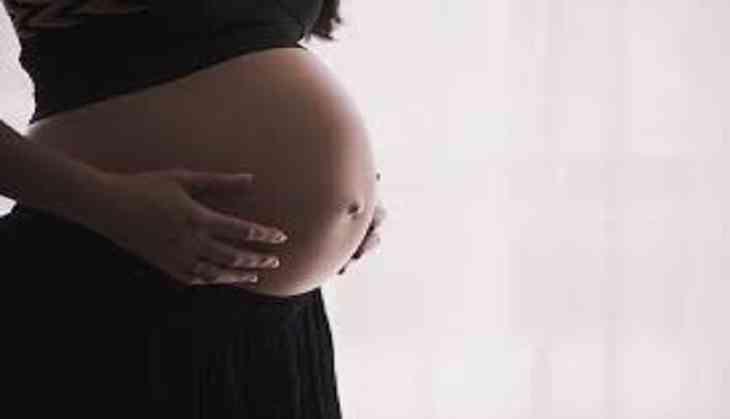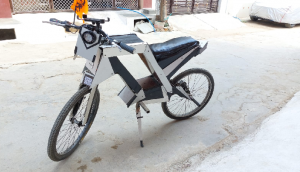
Beware new mothers! A study has recently warned that consuming your own placenta soon after child birth may be harmful.
The findings, which are conducted by the Centers for Disease Control and Prevention, indicated that newborns were developing a form of sepsis from contaminated breast milk due to placenta capsules.
The placenta's job is to transport oxygen and other crucial nutrients to
promote fetal growth, as well as filter toxins that might harm the fetus.
Health experts led by an obstetrician from New York-Presbyterian/Weill Cornell Medical Center in New York City studied the consumption of this organ in various forms, including pills and it being cooked and found inadequate preparation could be insufficient to eradicate infections such as Zika, hepatitis and HIV.
Lead researcher Amos Grunebaum said that as obstetricians, it's important to tell the truth and the truth is that it's potentially harmful and therefore, don't do it.
Human placentas have been consumed in many forms: raw, cooked, roasted, dehydrated, steamed and capsule form, or in smoothies or other drinks, but the study found no health benefits in new mothers after consuming placenta and went as far as to urge doctors to warn their patients against it.
They further analysed dozens of studies about placenta consumption and now advise obstetricians to discourage their patients from eating the placenta in any form.
The researchers conducted survey on placenta consumption and found that nearly 54 percent of obstetricians and gynecologists felt uninformed about the risks and benefits of the practice, and 60 percent were unsure whether they should be in favor of it.
The CDC issued a warning about a case of a newborn developing recurrent group B Streptococcus sepsis after the mother ingested contaminated placenta capsules.
The research appears in the American Journal of Obstetrics and Gynecology.
-ANI







![BJP's Kapil Mishra recreates Shankar Mahadevan’s ‘Breathless’ song to highlight Delhi pollution [WATCH] BJP's Kapil Mishra recreates Shankar Mahadevan’s ‘Breathless’ song to highlight Delhi pollution [WATCH]](http://images.catchnews.com/upload/2022/11/03/kapil-mishra_240884_300x172.png)

![Anupam Kher shares pictures of his toned body on 67th birthday [MUST SEE] Anupam Kher shares pictures of his toned body on 67th birthday [MUST SEE]](http://images.catchnews.com/upload/2022/03/07/Anupam_kher_231145_300x172.jpg)






